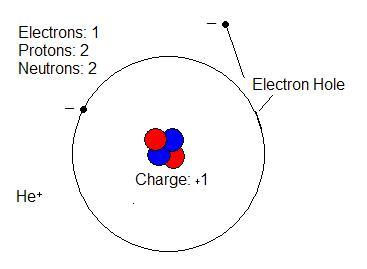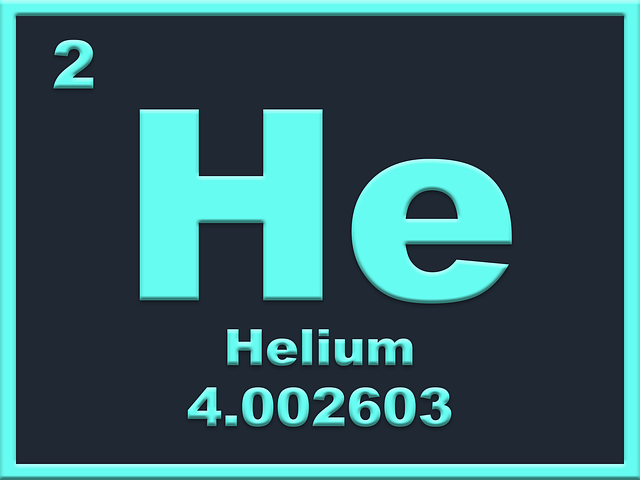Table of Contents
2. PROTON:
3. NEUTRON:
4. ELECTRON:
5. Which subatomic particle has the least mass?
6. Which subatomic particle(s) are found in the nucleus of the atom?
7. What is the charge of a proton?
8. What is the mass of a proton?
10. Who discovered the neutron?
11. What is the charge of an electron?
12. Who discovered the electron?
PARTICLES IN AN ATOM:
All elements are made of atoms. Atoms of one element are similar to each other. They are identical in every respect. The atoms of one element are different from the atoms of another element. These atoms are made of subatomic particles called protons, electrons, and neutrons. Protons and neutrons are in the nucleus and electrons are revolving around the nucleus. They are called subatomic particles.
PROTON:
Proton is a subatomic particle and is represented by the symbol p or p+ (p, p+, N+, H+). Its mass is slightly less than a neutron. Proton and neutron are together called "nucleons''. Proton is an important part of a nucleus. It is defining property of an atom which is called the atomic number (represented as Z). For example, the atomic number of sodium is 11, this means that each Sodium atom has 11 protons. all atoms with 11 protons are Sodium atoms.
Mass of Proton is 1.67262192369(51)×10−27 kg. Proton has an elementary charge of +1e.
The word proton is a Greek word that means first. This name was given to hydrogen by Ernest Rutherford in 1920.
NEUTRON:
A neutron is a subatomic particle that is represented by symbols such as n, n0, N0. Its mass is slightly greater than a proton. A neutron is a neutral subatomic particle. It does not carry an elementary charge. The mass of a neutron is 1.67492749804(95)×10−27 kg. Neutrons and protons making the nucleus of an atom. Both are referred to as Nucleon. Proton and neutron are together responsible for the atomic mass of an atom. Isotopes are atom of the same element that has a different number of neutrons.
In 1920 it was theorized by Ernest Rutherford and then discovered by James Chadwick in 1932.
ELECTRON:
Electron is a subatomic particle that is represented by the symbol e−, β−. Its mass is approximately 1/1836 that of the Proton. electron is classified as a fundamental particle because it is not made of other particles. It is carrying a negative charge. The mass of an electron is 9.1093837015(28)×10−31 kg. It is revolving around the nucleus and is responsible for almost all of chemical reactions. Electrons are responsible for some of the physical phenomenon such as thermal conductivity, electricity, and magnetism.
Electron was discovered by J. J. Thomson in 1897.
FAQs
Which subatomic particle has the least mass?
Electron is the subatomic particle that has the least mass than proton and neutron.
Which subatomic particle(s) are found in the nucleus of the atom?
Proton and neutron are the two subatomic particles to be found in the nucleus.
What is the charge of a proton?
Proton has a positive P+ elementary charge.
What is the mass of a proton?
Mass of Proton is 1.67262192369(51)×10−27 kg.
What is a neutron?
A neutron is a subatomic particle that is in the nucleus of an atom and has no electric charge.
Who discovered the neutron?
By James Chadwick in 1932.
What is the charge of an electron?
The elementary charge on an electron is -1 ( e−, β−).
Who discovered the electron?
By J. J. Thomson in 1897.





